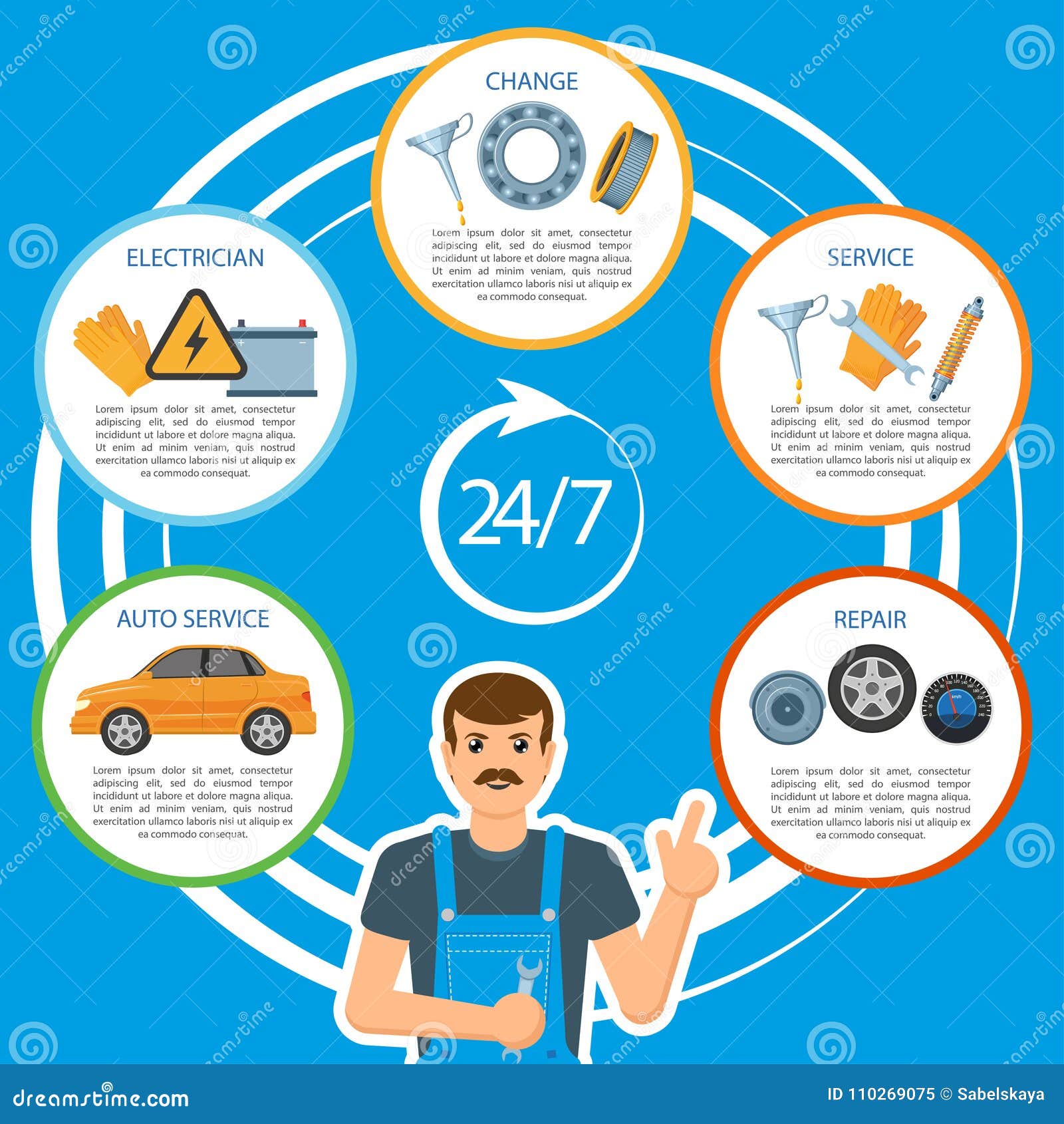Understanding The Value Of Your Cars And Truck'S Warning Signals: What They Really Represent
Understanding The Value Of Your Cars And Truck'S Warning Signals: What They Really Represent
Blog Article
Authored By-Boye Forbes
When you're behind the wheel, those radiant warning lights on your dashboard can be a bit puzzling. Do you can check here recognize what they're trying to inform you regarding your automobile's wellness? Comprehending the importance of these lights is important for your security and the longevity of your vehicle. So, the following time one of those lights turns up, would not you wish to decode its message accurately and take the needed actions to address it?
Common Caution Lighting and Interpretations
Recognize common warning lights in your vehicle and recognize their significances to guarantee risk-free driving.
The most common warning lights include the check engine light, which signals problems with the engine or discharges system. If this light comes on, it's critical to have your automobile checked promptly.
The oil pressure cautioning light shows reduced oil stress, requiring immediate attention to avoid engine damage.
A blinking battery light might recommend a damaged charging system, potentially leaving you stranded otherwise attended to.
The tire stress monitoring system (TPMS) light notifies you to reduced tire stress, impacting lorry stability and fuel performance. Disregarding this might cause harmful driving conditions.
The abdominal muscle light indicates a problem with the anti-lock stopping system, jeopardizing your capability to stop swiftly in emergency situations.
Last but not least, the coolant temperature cautioning light warns of engine getting too hot, which can lead to severe damages if not settled swiftly.
Understanding these usual caution lights will certainly aid you attend to concerns quickly and maintain secure driving conditions.
Significance of Prompt Interest
Recognizing the usual warning lights in your car is only the initial step; the value of promptly resolving these cautions can not be stressed enough to ensure your safety when driving.
When a warning light brightens on your control panel, it's your car's method of communicating a potential problem that requires interest. Overlooking these warnings can bring about a lot more severe problems down the road, jeopardizing your security and possibly costing you extra in repairs.
Motivate attention to cautioning lights can protect against failures and crashes. For instance, a blinking check engine light can suggest a misfire that, if left unattended, can trigger damages to the catalytic converter. Addressing this immediately can save you from an expensive repair.
Likewise, a brake system alerting light may indicate low brake fluid or worn brake pads, important elements for your safety when driving.
Do It Yourself Troubleshooting Tips
If you notice a caution light on your dashboard, there are a few do it yourself fixing pointers you can try before looking for professional help.
The first step is to consult your car's handbook to understand what the specific caution light suggests. In some cases the problem can be as straightforward as a loose gas cap activating the check engine light. Tightening up the gas cap might deal with the issue.
mouse click the following post is a low battery, which can trigger various advising lights. Checking the battery connections for deterioration and ensuring they're protected may take care of the trouble.
If a caution light persists, you can attempt resetting it by disconnecting the auto's battery for a couple of minutes and then reconnecting it. Furthermore, inspecting your vehicle's fluid levels, such as oil, coolant, and brake liquid, can assist repair alerting lights related to these systems.
Conclusion
Finally, comprehending your automobile's caution lights is essential for maintaining your lorry running smoothly and safely. By quickly dealing with these informs and recognizing what they imply, you can avoid expensive repair services and possible breakdowns.
Remember to consult your car's guidebook for specific details on each warning light and do something about it appropriately to make sure a trouble-free driving experience.
Keep educated, stay risk-free when traveling!
